A $7.7 Million Bond Issue Would Widen Sidewalks, Add Public Art, Better Lighting Plus A Pedestrian Plaza
by Glen Richardson
 A walk along Denver’s Art District on Santa Fe can be both depressing and refreshingly optimistic. An intermingled blend of debris, flimsy sidewalks and bric-a-brac storefronts, it is the intersection between run-down buildings and a fun, fulfilling wellspring of art. This unfinished strip of street art offers a sketchy peek at the district’s future as the city around it changes. That’s because — as the Santa Fe strip has already proven — art can change things.
A walk along Denver’s Art District on Santa Fe can be both depressing and refreshingly optimistic. An intermingled blend of debris, flimsy sidewalks and bric-a-brac storefronts, it is the intersection between run-down buildings and a fun, fulfilling wellspring of art. This unfinished strip of street art offers a sketchy peek at the district’s future as the city around it changes. That’s because — as the Santa Fe strip has already proven — art can change things.
The artistic street canvas between 7th and 12th avenues on Santa Fe Drive has emerged as a national standout over the last decade. The initial First Friday art event here in 2003 drew 20 people to two galleries. Last year’s summer edition attracted Friday night crowds of 14,000. But now the district is at a crossroads as sidewalks crumble 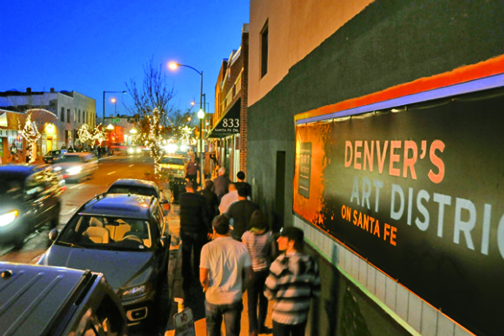 and the street hasn’t seen infrastructure improvements in 30 years.
and the street hasn’t seen infrastructure improvements in 30 years.
The district is seeking to get a $7.7 million General Obligation Bond on Denver’s November ballot. The plan would eliminate one lane of traffic to make room for wider, ADA-compliant sidewalks, add upgraded lighting, branded signage and public art. In addition, a pedestrian-only plaza would be built on 9th Ave. between Santa Fe Drive and Inca St.
Consequences Of Change
Despite the district’s success, infrastructure improvement and other proposed changes risk upsetting the tricky balance between art and commerce. Rents have been rising in recent years forcing artists to move out. Furthermore, escalating real estate prices are already a roadblock for up-and-coming artists lo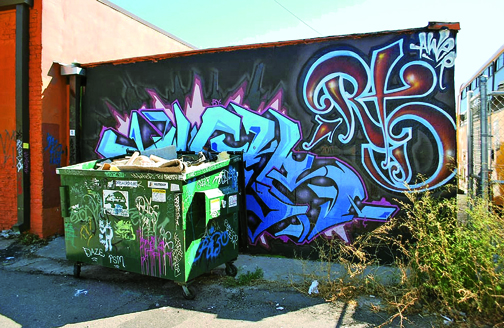 oking to plant roots in the district.
oking to plant roots in the district.
Moreover, Santa Fe Drive from 1st north to 13th Ave. is emerging as a more mixed-use district. New restaurants and breweries have opened and more are on the way. The influx of new businesses creates a double-edged sword. People want restaurants, bars, nightlife and boutiques. The changes, however, create gentrification, pushing rents higher and forcing art studios out. Growth and transformation is also threatening the district’s historic Latino culture.
In the late 1990s and early 2000s, as rents jumped on Broadway and in the Ballpark neighborhood, artists started looking for cheaper studios and galleries. The old buildings on Santa Fe Drive were ideal, and soon there was a critical mass of galleries a mile south of downtown.
Creative Class
Jack Pappalardo bought a building and opened a studio and gallery here in 2003 and became the Art District’s first president. Working from a classic live-work space at 828 Santa Fe Dr., he lowered membership dues, broadened the base and created what he calls the “rise of the creative class.” The tactic work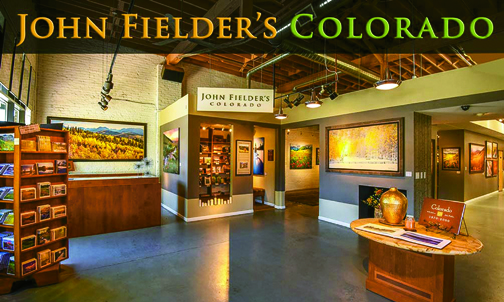 ed and membership jumped to 70 artists and businesses during his 10-year tenure as president.
ed and membership jumped to 70 artists and businesses during his 10-year tenure as president.
During his first five years as president membership grew steadily. Then in 2006 photographer John Fielder relocated his gallery here from Cherry Creek North. That, according to Pappalardo, was the District’s “stamp of approval.” Two more important newcomers followed in 2010: Su Teatro acquired the Denver Civic Theater and Metro State University opened the Center for Visual Art. Then in 2013 Colorado Ballet purchased and renovated a 100-year-old building at 11th and Santa Fe. The renovated 30,000-sq.-ft. structure opened the following year as the Armstrong Center for Dance.
Destination Development
Amy Phare, who took over from Pappalardo as president and also lives in the district, says the remake isn’t just about Friday night art crowds. Changes are being m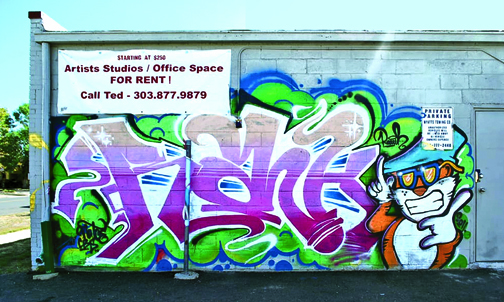 ade to further the economic development of the corridor. Like Pappalardo before her, she says the plan will make it a neighborhood street. She says the plaza would serve both as an “art park” and a “community gathering place.”
ade to further the economic development of the corridor. Like Pappalardo before her, she says the plan will make it a neighborhood street. She says the plaza would serve both as an “art park” and a “community gathering place.”
Actually the plan, according to both, “harks back to the days when Kalamath St. and Santa Fe Drive were two-way streets. That was before the suburban boom of the 1970s-’80s led to development of feeder routes heading downtown.”
The new plan would make Santa Fe a neighborhood street again. That means reinventing the district as a walkable neighborhood that’s an endpoint, not a cut through. We want Santa Fe Drive to be a destination,” emphasizes Phare. “We have kids here and we want this to be a safe destination, not a thoroughfare or a highway. Undeniably the street shouldn’t be a speed zone.”
Artistic Blueprint
Architect Mark Raeburn of Quantum Urban Architecture + Design (QUA+D) designed the proposed changes to the district. They highlight accessibility, safety and sustainability. “The sidewalks don’t meet the Americans with Disabilities Act or the city’s pedestrian plan,” he notes. “They simply aren’t safe right now.”
He points out that at certain bottlenecks, there’s two feet between gas meters mounted on storefronts and streetlights. “Moreover Raeburn says, “The sidewalks are crumbling plus people can’t walk together side by side.”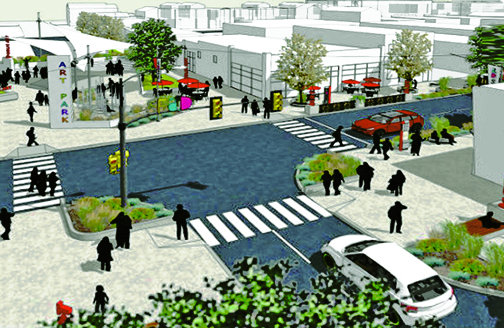 He adds, “I can’t tell you how many times I’ve walked into a light pole.”
He adds, “I can’t tell you how many times I’ve walked into a light pole.”
Raeburn’s plan also calls for the elimination of one lane of traffic to make room for wider, ADA-compliant sidewalks, and adding upgraded lighting. Branded signage and public art would motivate excitement and stimulate business. A pedestrian-only plaza is also proposed on 9th Ave. between Santa Fe Drive and Inca St.
Drawing A Bottom Line
First Friday is the one night galleries in the district really make money. Street closures plus a new art film series in the CVA parking lot adds enthusiasm and is creating new sponsorship opportunities. Nevertheless, as attendance has grown the event has become more of a party. The Third Friday Collector’s Preview gives artists and gallery owners a chance to meet art patrons in a subdued setting w ith a more mature, sober crowd.
ith a more mature, sober crowd.
Muralist Forrest Morrison who has a gallery in the district says, “I think we all recognize that an art district cannot survive without development that sustains and complements the creative sector and working-class artists.” He believes a united real estate identity would help stabilize rents and ensure they won’t lose the community and culture that has made the neighborhood so valuable.
Ultimately the artists here say it’s about the creative people who work and exhibit on the street. “You can’t start an art district,” says artist Georgia Amar, Pappalardo’s wife. She calls the Art District on Santa Fe a “grassroots, bottom-up” phenomenon. It’s about the artists, their work and their ability to make a living. She believes the quality of art is getting better and better. Her conclusion: “Now we have to focus on the real McCoy.”
